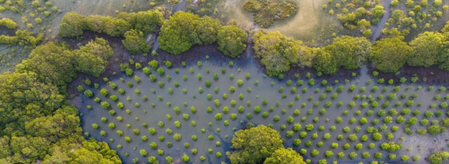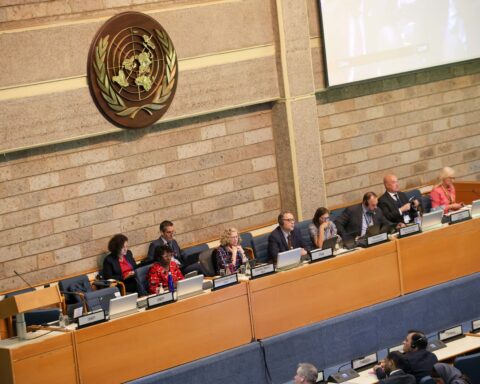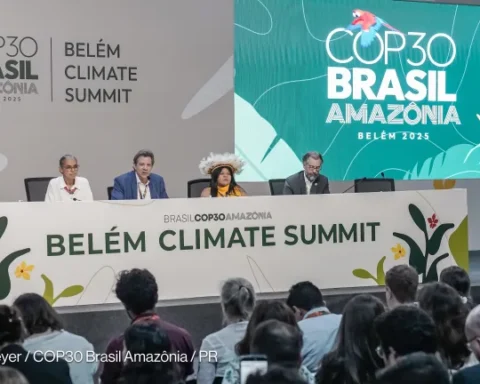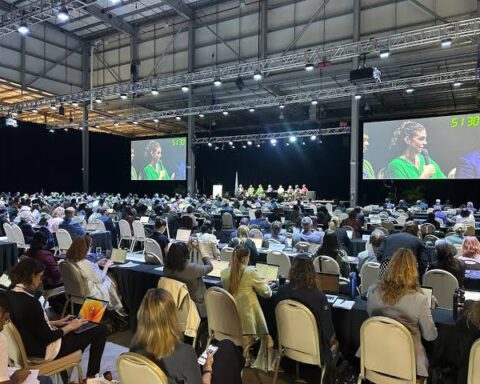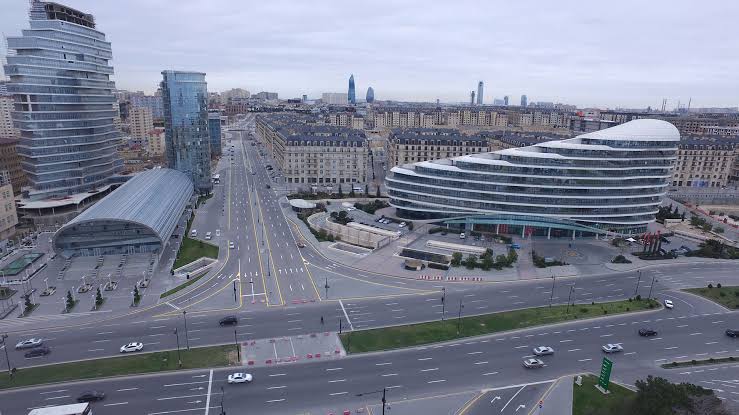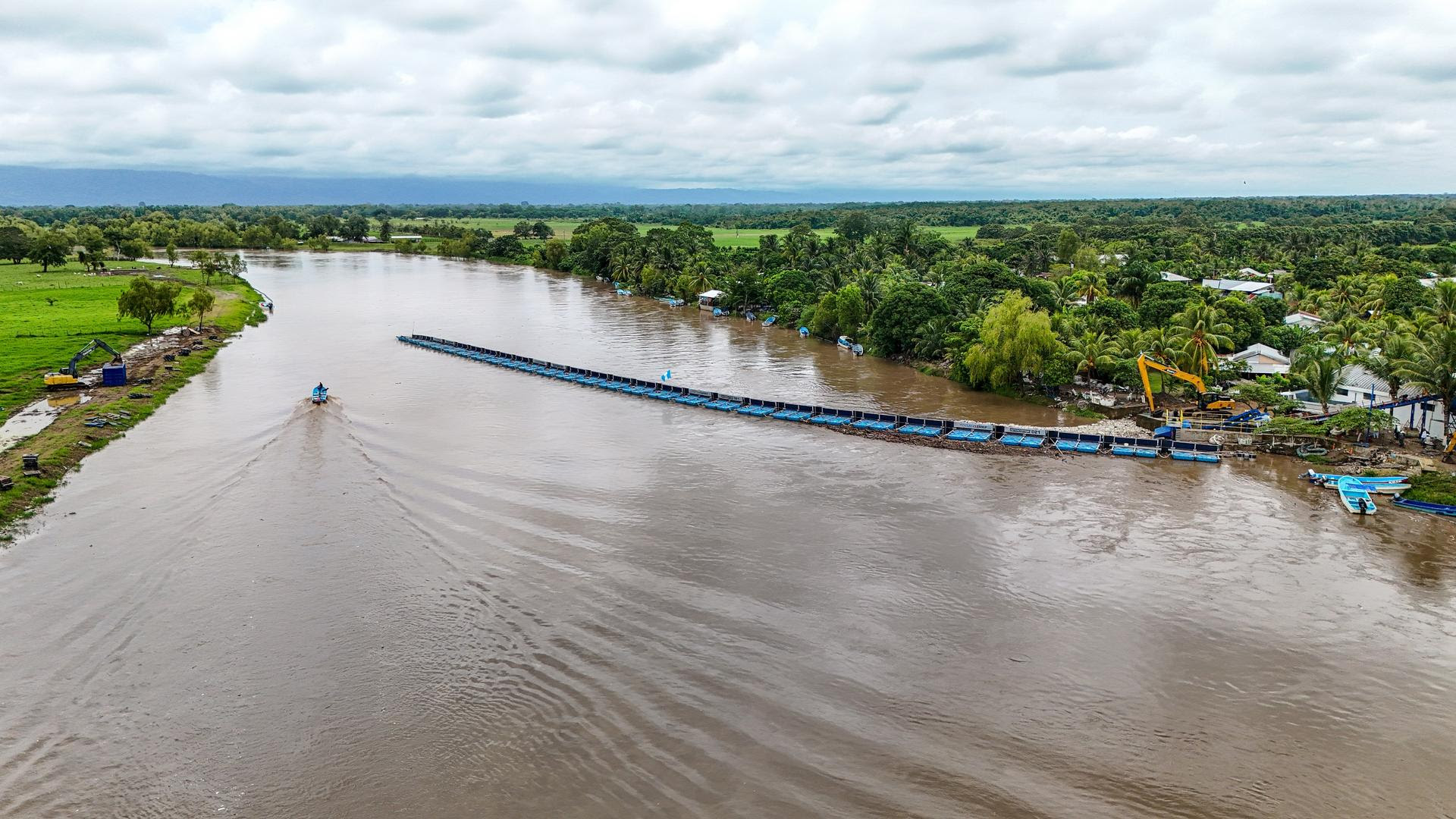The United Nations Environment Programme (UNEP) and the Food and Agriculture Organization (FAO) have unveiled three new World Restoration Flagships for 2025.
Launched at the ongoing UN Ocean Conference in Nice, the initiative is showcasing large-scale, community-driven marine ecosystem recovery efforts across Africa, Latin America, and Europe.
Together, these initiatives aim to restore nearly five million hectares of critical marine and coastal ecosystems roughly the size of Costa Rica and represent bold, evidence-based models for reversing environmental degradation and enhancing climate resilience.
The newly named restoration flagships are located in the coral-rich Northern Mozambique Channel Region, over 60 islands off Mexico’s coast, and Spain’s iconic Mar Menor lagoon, Europe’s first ecosystem to receive legal personhood.
Executive Director of UNEP Inger Andersen said the World Restoration Flagships show how biodiversity protection, climate action, and economic development are deeply interconnected.
“Our ambition must be as big as the ocean we must protect,” she said.
The World Restoration Flagship awards are a core element of the UN Decade on Ecosystem Restoration (2021–2030), which aims to rally global efforts to revive one billion hectares of degraded ecosystems by the end of the decade an area larger than China.
Northern Mozambique Channel: Africa’s Coral Seedbed Strikes Back
Located between the coasts of Madagascar, Mozambique, Comoros, and Tanzania, the Northern Mozambique Channel holds 35% of all coral reefs in the Indian Ocean and serves as a nursery for vital marine life.
Threatened by agricultural runoff, overfishing, and climate change, this biodiversity hotspot is now undergoing an ambitious transboundary restoration effort.
Supported by WWF and UN agencies, the initiative spans 87,200 hectares with plans to scale up to 4.85 million hectares by 2030.
The restoration corridors will connect blue and green forests, restore mangroves and coral reefs, and enhance fisheries management using indigenous knowledge.
Madagascar’s mangroves alone store over 300 million tonnes of CO₂ equivalent a carbon buffer equal to the annual electricity use of over 62 million U.S. homes. The initiative is expected to generate 2,000 new jobs, create 12 community-based enterprises, and raise household incomes by 30% in target areas.
Mexico’s Seabird Islands: From Invasion to Revival
Mexico’s Pacific and Gulf coast islands, which host one-third of the world’s seabird species, have faced decades of degradation from invasive species.
In response, the National Commission for Natural Protected Areas (CONANP) and Grupo de Ecología y Conservación de Islas (GECI) launched a 26-year effort to restore these vital islands.
With support from government, civil society, and indigenous communities, the programme has successfully removed 60 invasive species populations, restored native seabird colonies, and implemented strict biosecurity protocols.
The result: 85% of seabird colonies once lost have now returned, and by 2030, the initiative will have restored over 100,000 hectares, protecting more than 300 endemic species.
This flagship is also lauded for its socio-economic benefits, including sustainable fisheries, climate resilience, and ecotourism opportunities that uplift island communities.
Spain’s Mar Menor Lagoon: Europe’s Legal Pioneer in Ecosystem Rights
The Mar Menor, Europe’s largest saltwater lagoon located in southeastern Spain, has suffered heavy pollution from intensive agriculture, leading to algal blooms and mass fish deaths.
In a dramatic public response, over 500,000 Spanish citizens supported a legislative petition that resulted in the lagoon becoming a legal entity with rights the first of its kind in Europe.
Under the Framework of Priority Actions to Recover the Mar Menor (MAPMM), Spain is now restoring 8,770 hectares, or 7% of the lagoon’s catchment area.
The multi-pronged strategy includes creating wetlands, implementing green belts, restoring abandoned mining areas, and improving biodiversity and flood resilience.
Projections show the Green Belt alone could absorb 82,256 tonnes of CO₂ by 2040, comparable to emissions from 14,000 people annually in Spain.
Restoration with Global Significance
These restoration success stories spanning three continents underscore the mounting momentum behind nature-based solutions as global leaders and communities grapple with climate breakdown, biodiversity loss, and socio-economic inequality.
Selected by experts under the 15-criteria evaluation of the UN Decade’s 10 Restoration Principles, the World Restoration Flagships represent the gold standard of long-term, large-scale ecosystem recovery efforts.
In 2022, the inaugural 10 flagships were announced, followed by seven in 2024. With the 2025 additions, the movement continues to grow reminding the world that the ocean, once taken for granted, is now being actively defended through ambitious local action and international cooperation.
“To restore the planet, we must start with the ocean. These flagship initiatives show how,” said Andersen.
By Dare Akogun


